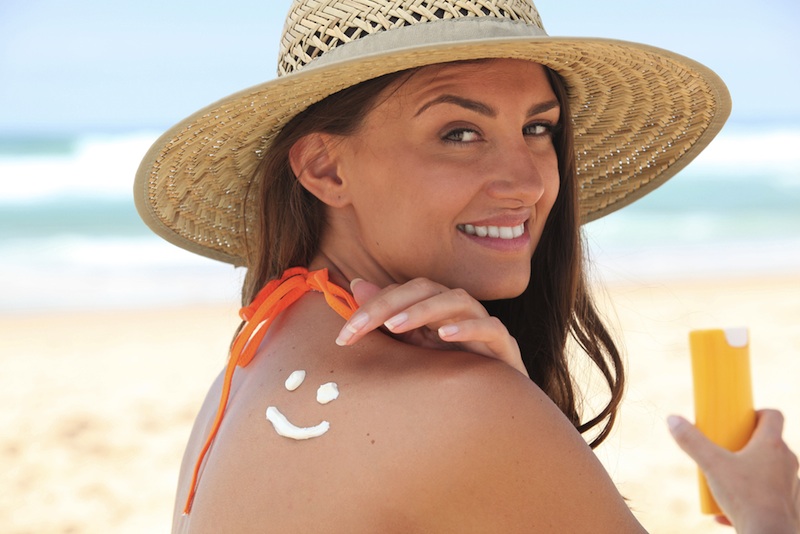Why Sunburn Hurts

It's no secret that too much time in the sun causes pain, redness and a strong desire for aloe vera lotion. Now, researchers know why.
The ultraviolet B (UVB) wavelength of light damages skin cells' RNA molecules, new research finds. RNA, or ribonucleic acid, is part of the genetic machinery of the cell, encoding information to turn genetic instructions in DNA into proteins.
The RNA damaged by UVB light is of a sort that doesn't code for proteins, researchers reported online July 8 in the journal Nature Medicine. But when sun-damaged cells release this damaged non-coding micro-RNA, it provokes neighboring cells to flood the skin with inflammatory molecules, creating a chain reaction that ends with sunburn. In the long run, cumulative damage can raise the risk of skin cancer. In the short run, this process is how the skin heals from the burn.
"The inflammatory response is important to start the process of healing after cell death," study leader Richard Gallo of the University of California, San Diego School of Medicine said in a statement.
Though researchers have long known about some of the molecular effects of too much time tanning, this is the first time they've identified step one in the process of damage. Now that the cause has been identified, the researchers hope to find some way of stopping the process — for sun-sensitive patients, if not for ordinary sun-bathers. [Quiz: Test Your Solar Smarts]
"For example, diseases like psoriasis are treated by UV light, but a big side effect is that this treatment increases the risk of skin cancer," Gallo said, referring to a skin condition that causes flaking and redness. "Our discovery suggests a way to get the beneficial effects of UV therapy without actually exposing our patients to the harmful UV light. Also, some people have excess sensitivity to UV light, patients with lupus, for example. We are exploring if we can help them by blocking the pathway we discovered."
The researches made the discovery by exposing human skin cells to UVB light and following up with experiments in mice. Specific genes in mice can determine how likely they are to burn in the sun, Gallo said.
Get the world’s most fascinating discoveries delivered straight to your inbox.
"Humans have similar genes, but it is not known if people have mutations in these genes that affect their sun response," he said.
UVB light isn't the only danger in the sun's rays. UVA light from the sun can penetrate windows and even light clothes, causing cumulative sun damage that shows up as wrinkles and other signs of aging.
Follow Stephanie Pappas on Twitter @sipappas or LiveScience @livescience. We're also on Facebook & Google+.

Stephanie Pappas is a contributing writer for Live Science, covering topics ranging from geoscience to archaeology to the human brain and behavior. She was previously a senior writer for Live Science but is now a freelancer based in Denver, Colorado, and regularly contributes to Scientific American and The Monitor, the monthly magazine of the American Psychological Association. Stephanie received a bachelor's degree in psychology from the University of South Carolina and a graduate certificate in science communication from the University of California, Santa Cruz.


